10 Ways Resellers Can Drive Smarter Marketing Value

If you are a reseller and are advertising using Google Ads, you have likely experienced two things over the last 1-2 years: an increase in cost-per-click (CPC) and a decrease in click-through rates (CTR).
This is especially true when you are advertising specifically to users that explicitly search for the brands you carry.
This has resulted in spending more money to achieve the same, or less, website traffic, and oftentimes revenue.
The new reality of higher costs for advertisers stems from an increase in competition, particularly from Amazon and big-box retailers, but also from brands & manufacturers themselves who now selling directly to consumers.
Amazon has continued to expand its catalog and advertise more aggressively, other large companies have tried to keep up, which has resulted in smaller players getting “priced out.”
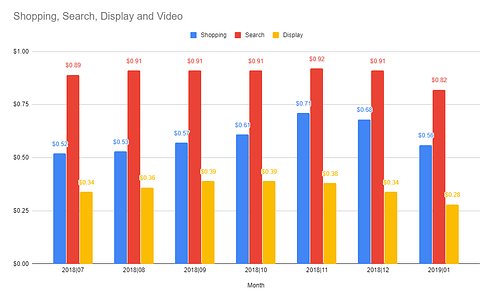
When the “relevancy” of every ad is relatively the same (resellers are selling the same products, at the same price, with the same content), the fight for ad inventory becomes a bidding war.
Businesses with larger budgets or better margins (the actual manufacturers) are the ones who can win this war. To top it off, because Google is automating the advertising process more and more, it’s getting increasingly hard to “beat the system” with creative advertising tactics that previously gave the little players a chance.
Resellers are losing their advertising presence on Google because they simply can’t afford to fight for unprofitable, ever-rising costs of ad inventory.
The reality is that resellers have to make their advertising initiatives more efficient than ever before both at the strategic and ad campaign level.
Here are 10 tactics Google resellers can implement to improve the value of their marketing initiatives across this holiday season and into 2020.
Advertisers tend to focus on metrics like ROAS, CPA, or total revenue, which are good measurements of top-line success, but don’t factor cost metrics that are important when measuring bottom-line success.
Ignoring the cost-of-goods and shipping, among other costs, leads advertisers to maximize metrics that don’t necessarily mean the business itself is making more money. Focus on marketing high-profit items to ensure you are getting the most bang for your advertising dollars.
An example of this:
Product A costs $10 to make, is sold for $20, and takes $5 to advertise. The ROAS on product A is 4:1, CPA is $5, revenue is $20, and profit is $5; product B costs $20 to make, is sold for $25, and takes $4 to sell.
The ROAS on product B is 6.2:1, CPA is $4, revenue is $25, and profit is $1.
In this example, ROAS, CPA, and revenue are all “better” for product B, but product A is actually far more profitable to sell, so advertisers should be focusing on pushing product A instead of B.
Advertisers can maximize for profit by segmenting campaigns by profit margins of groups of products. Whether this be using custom labels in the shopping feed, campaign/adgroup smart-bidding with set goals, or even setting up special reports in Google Analytics to determine which products have actually sold, all of these can better measure whether or not your advertising is making the business money.
Getting new users to your website, and convincing them to purchase continues to become more expensive and difficult.
With this said, advertisers should focus on re-capturing users who purchase from the site, as these customers are substantially more likely to buy again, and will also more likely click through an ad to make it to your site than the “average user.”
This should lead to lower advertising costs and higher quality scores (because the CTR increases), while the conversion rate (and total revenue) should likely increase.
If you can successfully re-engage with these customers and increase the lifetime value of a customer, then you can use those additional dollars to advertise to potential new customers in order to scale the business further.
Advertisers and businesses have focused so much on selling products online, that they often forget customers still find value from visiting physical store locations.
If you have a brick and mortar location, emphasize this in advertising.
Utilize local inventory ads, local search and social advertising, and other geo-targeting to drive customers to store. The “success” of these are not always easy to track, but focus on keeping engagement costs low, and treat these efforts like you would have a billboard, TV, mailer, or other offline advertising effort.
Fortunately there are some ways to now track these types of efforts more accurately than in the past: some channels (Google and Facebook) can now track store-visit tracking, while you can also track the impact by advertising a coupon code that is unique to this type of advertising that can only be used in-store (so any use can be directly attributed to those ads).
Click-through rates impact quality score and overall costs that advertisements pay per click/engagement.
They are also substantially higher for advertisements that are shown to users that are familiar with the seller.
Invest money in getting brand recognition so that once customers do search for your products and get served your ads, they are more likely to click on the ad.
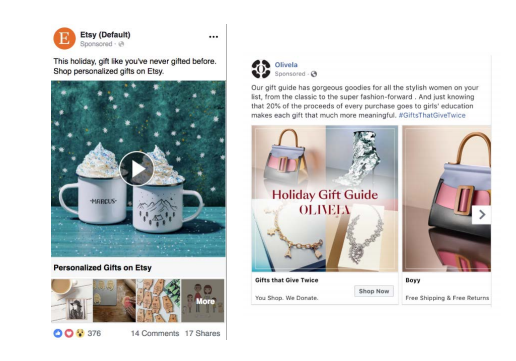
The most obvious way to do this is to advertise using YouTube, Facebook, Instagram, or other social platforms where you can target customers.
Advertise what makes your business unique/why customers should buy from you by highlighting this in your ad copy.
At the end of the day, you need to explain to customers why they should buy from you as opposed to Amazon or another big-box retailers.
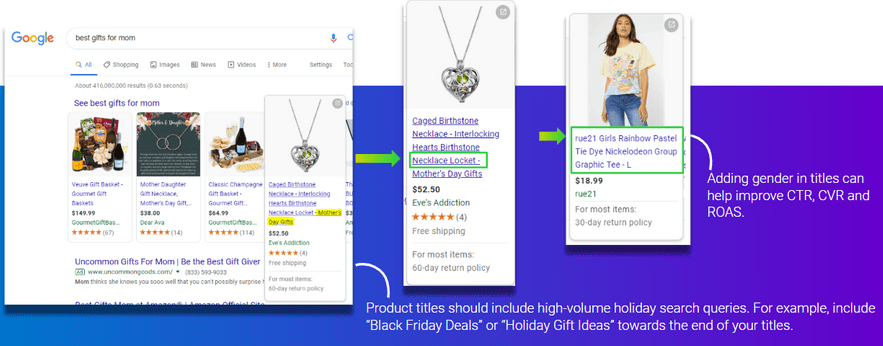
Do you offer superior customer support/product knowledge?
The widest selection of products?
A sale that can’t be beat?
A lifetime warranty?
A selection of products tailored to a group of people?
Products made locally and/or in an eco-friendly manner?
If you aren’t sure, utilize customer reviews or survey past customers to see what they care most about, or simply run a test between different ad copy to see what has a stronger CTR/CVR.
Things that help convince users that your site is worth shopping on include creating a website experience that is optimized for conversions: mobile-friendly content, an easy-to-use, and informative menu, and quick ways to go from finding products/services to purchasing them.
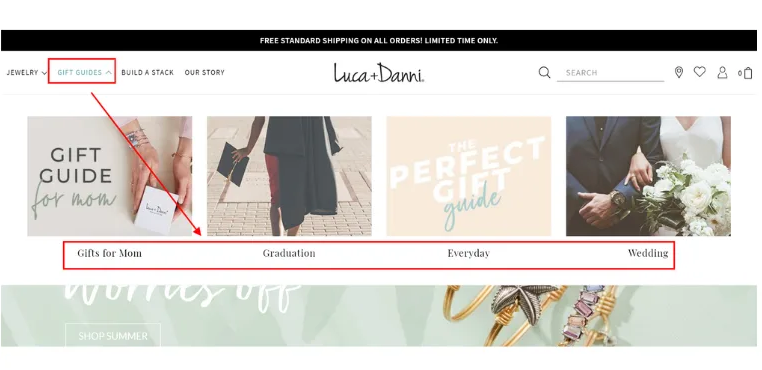
This specifically helps your advertising efforts as well because the quality score is often directly correlated to site speed and other factors like these.
Convince people to spend more when they are already buying is one of the best ways to drive the average order value.
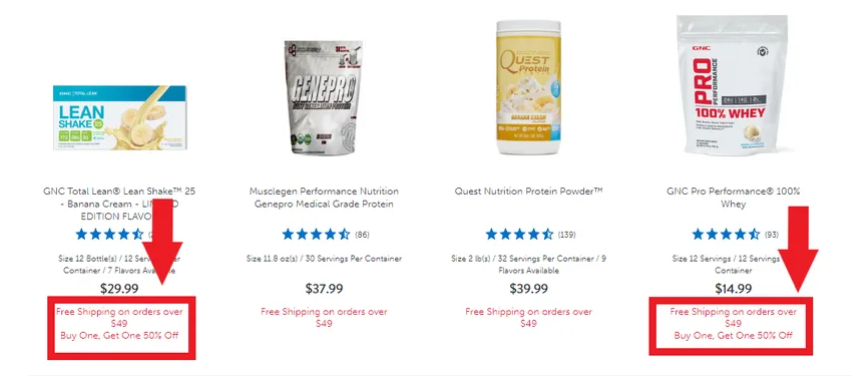
Instead of simply paying for more users to market towards, you can focus on actually converting the users who do make it to the site.
The conversion rate is admittedly incredibly difficult to improve (there is a whole field of conversion-rate-optimizers), but there are many ways to attempt to improve this.
If you’re seeing a lot of users make it to the cart or checkout, but are not purchasing, add additional payment methods that make checkout easy (such as Amazon Pay, Paypal, Apple Pay, etc.), offer discounts/incentives on why customers should purchase now vs later (have an expiration for free shipping rates or offer discounts to buy now).
If you find users are not even making it that far, you can utilize Google Analytics bounce and exit rates, price comparison tools, and site optimization analysis tools to try and determine when, and why, users are leaving the site.
The lifetime value of a customer is an incredibly important metric not just for a general understanding of the business, but especially for advertising purposes. The more a customer is worth to a business, the more advertisers can spend in acquiring those customers.
Besides the obvious offline adjustments (make products that people want to buy again, sending mail to purchaser’s address) that can help improve CLV, there are some great options to improve the CLV online.
You can set up a subscription model where customers can automatically get their orders re-purchased. You can also create a rewards program to reward current customers with discounts, first access to new products, or additional benefits.
You can re-engage customers via email and remarketing with information about new or related products they might enjoy. There are plenty of ways to increase the LTV of users, but the above are just a few ways.
You need to tell customers why they should buy from you instead of buying from Amazon or from any other website selling the same or similar products.
Whatever the true answer to this is, make sure that information is emphasized on the site. If you have the lowest prices or are running a discount, this should be emphasized and bold.
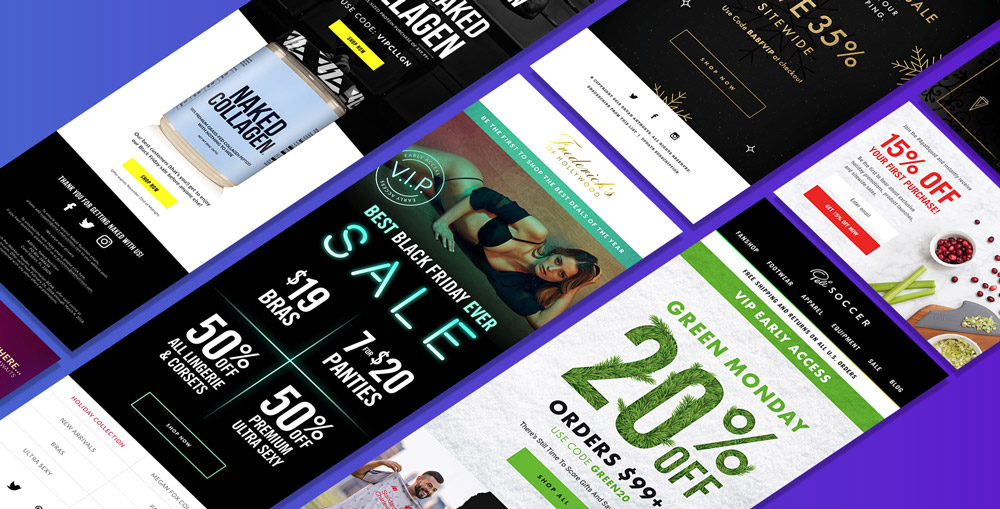
If you have amazing customer service, make sure the ‘chat’ feature on your site and the phone number/email is easily accessible on every page.
Hopefully the above provides some insight into what you can do as a reseller, from both an advertising perspective and a site management perspective, to try to stay afloat in a space that is becoming more and more crowded with competition.
It’s not as easy, or as cheap, to drive traffic to your site as it once was, but you can still win business by being strategic with your advertising and making continuous improvements on your website.
Want to learn more?
Google Ads Holiday 2019 Prep Guide
